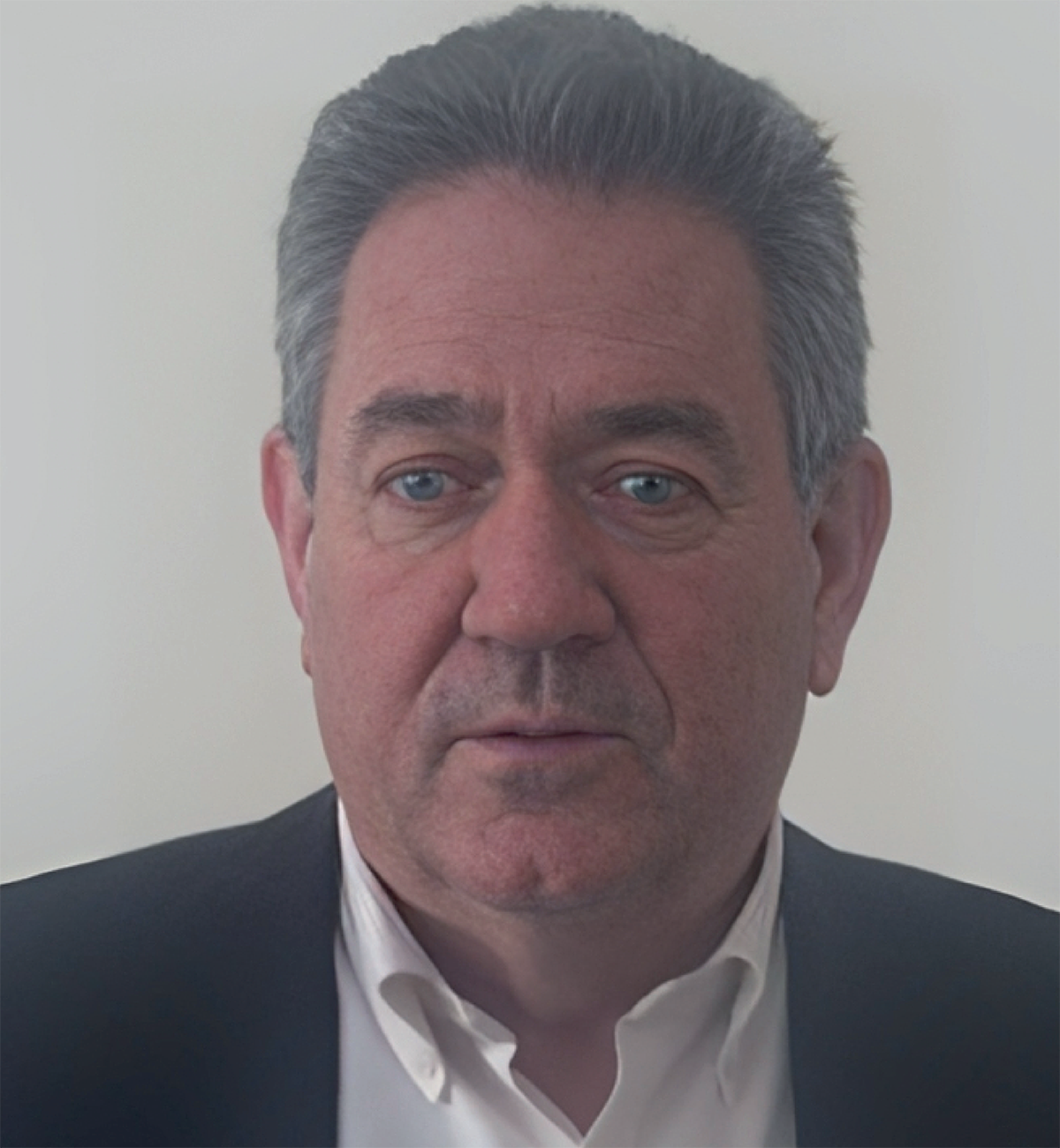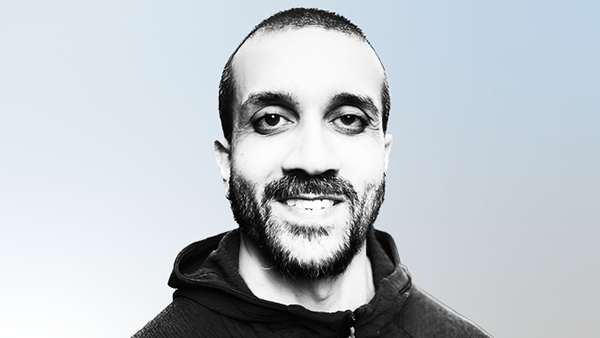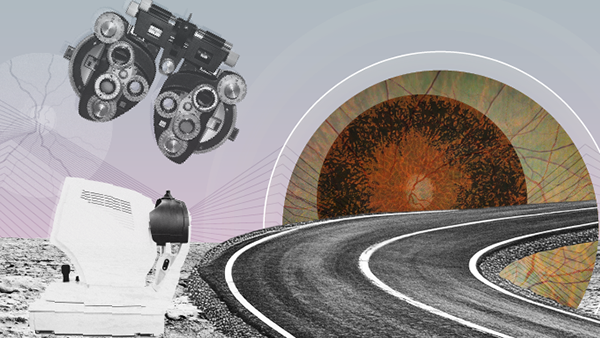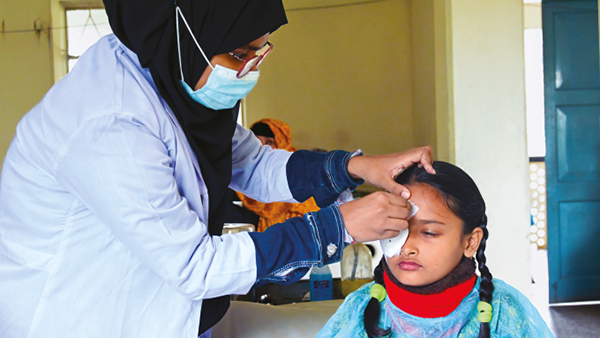You are viewing 1 of your 3 articles before login/registration is required
Independent Minded
A sneak preview of this year’s upcoming AIO conference
Mike Ockenden of the Association for Independent Optometrists and Dispensing Opticians (AIO) outlines what’s in store for the October 2023 conference and discusses the key issues currently impacting and influencing independent eye care practitioners.
What’s planned for the 2023 AIO conference?
First of all, we’re back on our own. We’ve been sharing the venue space with the British Association of Behavioral Optometrists’ event pretty much every other year, but there’s no BABO with us this year.
More significantly, while AIO in recent years has been quite clinically focused, this year we’re bringing more of a business element to the conference, with the likes of Conor Heaney, for example, talking about how his practice has evolved. We’re also having a session on diversity, equality, and inclusion (DEI), which is increasingly important – particularly as the regulators are looking closely at it. And there will be a session on the use of electronic communication and social media – not just the opportunities, but also the potential pitfalls and dangers. Notably, some of these business sessions will offer CPD accreditation.
Alongside the business-oriented sessions, there’ll continue to be some cutting-edge clinical content, such as the research into deep red-light therapies with Glenn Jeffery, Professor of Neuroscience at UCL’s Institute of Ophthalmology. Of course, there will be the usual focus around day-to-day issues, such as contact lens fitting, myopia, dry eye, and so on.
Why should optometrists and opticians attend the event?
As well as having great CPD content, the exhibition is not overwhelming or overbearing. People who attend our conferences are very much focused on the independent sector. Some of the bigger companies know better than to try to exhibit at our conference because they wouldn’t be popular!
Most of our delegates are practice owners, so it’s also an opportunity to get out of the practice and take a look at what’s available and what’s emerging – all in one place. Because the focus is on independents, you get a slightly different feeling and flavor than you would, say, at a college event, an AOP event, or at 100% Optical, where independents are probably in the minority amongst delegates.
And, of course, you get to network and to meet up with old friends. Many attendees have gotten to know each other well over the years, so it’s a chance to have some fun. There’s a really good atmosphere – both during the day and in the evening, when people can let their hair down a little.
More broadly, what do optometrists and opticians get from being AIO members?
You get the opportunity to help shape agendas. AIO has achieved goals over the years that others have not. Most recently, our successes have included calling for a review of the Opticians Act and reform of the General Ophthalmic Services (GOS) regime in England. We have a reporting mechanism with the General Optical Council (GOC) designed to help outlaw the illegal sale of contact lenses, which has already produced results. We created the Practice Support Network (PSN) with Myers La Roche, NEG, Eyeplan, and Specs Network, which is designed to help people get into independent practice, support those who have recently entered the sector, and assist those wishing to retire. And we took Specsavers to task a few years ago, when they were leaning on independents to get on board with their agenda on local optical committees. AIO secured a letter of apology from Specsavers on that issue.
At the moment, our focus is on replacing the current GOS fee with a voucher. In this case, the patient would get the voucher and then choose to use it however and wherever they want, rather than being driven into multiples by the offer of free eye tests. Of course, those eye tests are not free – the taxpayer is paying for them at the end of the day.
We send out quite a lot of communication during the year, including a quarterly printed journal. And we have a scheme called Eye Promise – a national code of conduct, regulated by AIO, to ensure quality eye care for the patients of all members. The goal here is to deliver simple messages around putting eye health first, which practitioners can use in their local communities.
What key changes have you’ve seen since the last conference?
As we moved post-COVID-19, there was a good deal of noise about independents abandoning NHS contracts and going completely private. That hasn’t manifested itself in quite the way people thought. AIO put together a detailed toolkit for independents who are (or were) thinking about going private, but we certainly weren’t advocating for the move. What we are advocating for is to think about what is best for you in your practice and in your community. It may be that you don’t take any new NHS patients, but you carry on with those you’ve known for a long time, so you don’t feel like you’re abandoning them. Or you try to move as many of those patients into your private funded work. We’ll touch on this subject again at the conference.
What can students expect from the conference?
We have a decent student stream – especially for students who are interested in independent practice. Often, our message to them is, “Do your stint in a multiple, get first-hand experience of how they’re operating. When you get into independent practice – whether that’s through acquisition, long-term migration into ownership, or something else – you’ll really know how different it is to be independent, as opposed to part of a large corporate.”
Part of the problem for the profession is the number of new optometrists who abandon it after two, three, or four years. They don’t want to go to college just to sit there dishing out prescriptions. Of course, there are a lot of very good franchisees within the big multiples, it’s not fair to group them all together. But I will say that the students we attract to the conference end up leaving it much more interested in eventually being their own boss.
Of course, the multiples pay out significant sums of money to get to these students first. It’s amazing what sponsoring a beer and pizza night can achieve in gathering personal data!
What trend or challenge have you got your eye on for the next 12 months and beyond?
The real challenge is to make ophthalmology and hospital departments much more integrated with optometry. Eye departments are under great pressure – they can’t see the patients they need to see. More hospitals are using optometry resources, but we need a lot more of this co-operation to release some of the pressure.
The New Optometrist Newsletter
Permission Statement
By opting-in, you agree to receive email communications from The New Optometrist. You will stay up-to-date with optometry content, news, events and sponsors information.
You can view our privacy policy here
Most Popular
Sign up to The New Optometrist Updates
Permission Statement
By opting-in, you agree to receive email communications from The New Optometrist. You will stay up-to-date with optometry content, news, events and sponsors information.
You can view our privacy policy here
Sign up to The New Optometrist Updates
Permission Statement
By opting-in, you agree to receive email communications from The New Optometrist. You will stay up-to-date with optometry content, news, events and sponsors information.
You can view our privacy policy here








